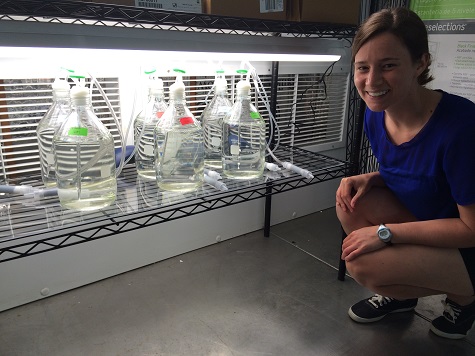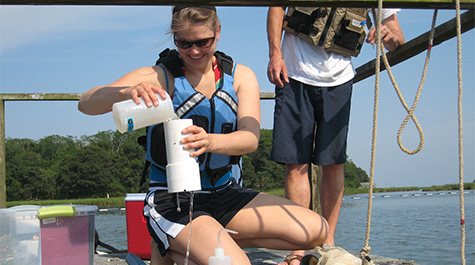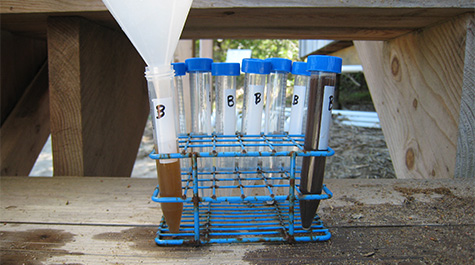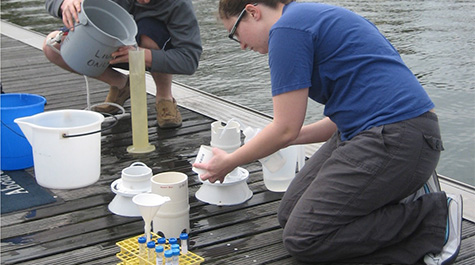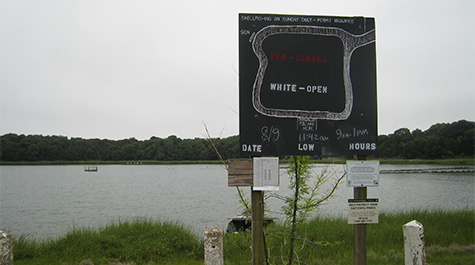Linking source to bloom: nitrogen stable isotopes
Title: Identification of nitrogen sources for toxic Alexandrium blooms using a novel species-specific tracer, δ15N-saxitoxin
Investigators: Juliette Smith (VIMS), Don Anderson (WHOI), Chris Gobler (Stony Brook), Deana Ernder (UTX-MSI), and Jim McClelland (UTX-MSI)
Gradute Student: Taylor Armstrong (VIMS)
Funding Source: NSF Chemical Oceanography
Abstract: The US and other countries throughout the world are affected by harmful algal blooms (HABs) that negatively impact human health, marine ecosystems, fisheries resources, and local economies. Anthropogenic nutrient loadings have been linked to expanding HAB incidence, but the relationship is site- and organism-specific, and is still poorly understood. The main challenge in this regard is to determine the relative importance of natural versus anthropogenic nutrient sources in the development of an individual HAB species. Given the diverse nature of the planktonic assemblage in which HABs occur, and the lack of appropriate measurement techniques, this is exceedingly difficult to accomplish.
Here we propose a novel approach to this challenge – to use the isotopic signature of a “species-specific” HAB toxin to identify the nitrogen source and chemical form that promotes cell growth and toxin production. The bloom-forming dinoflagellate Alexandrium fundyense and its class of bioactive compounds, saxitoxins (STXs) are an ideal model system, as STXs are nitrogen-rich and are typically only produced by a single species in mixed plankton assemblages. While the use of the isotopic ratio, δ15N, of bulk biomass to identify nitrogen sources to coastal waters is a widely accepted practice, our use of a toxin as a species-specific tracer or marker is new and will provide details on the explicit source, chemical form, and processing of nitrogen that results in blooms of a particular HAB species.


